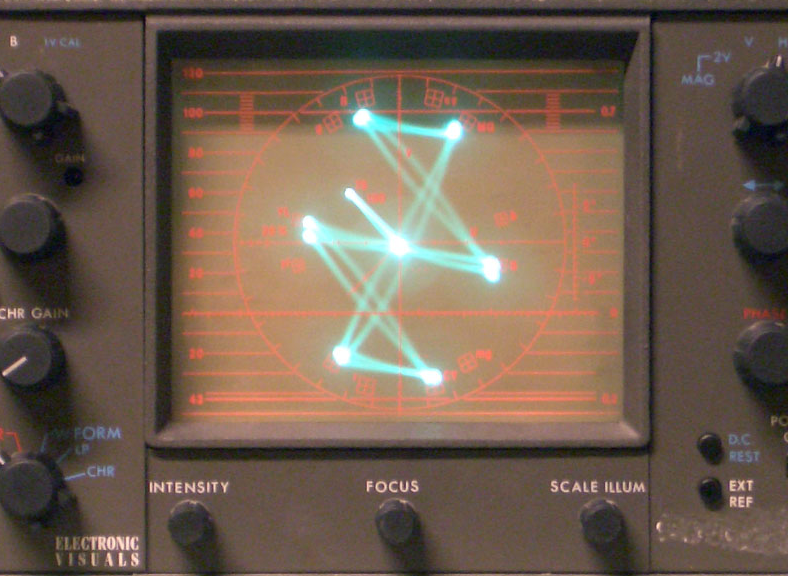An obscure colour space for saturation adjustment

I stumbled across Susan Roberta Curtis' 1982 MSc thesis: Saturation and Luminance Control in Color Image Processing. This defines an LC1C2 colour space with some interesting properties that make it more useful than either RGB or YUV.
RGB is a pain at the best of times, but YUV isn't much better. The problem with YUV is that the "constant saturation curve" is not a circle, but a skew ellipse, which makes setting absolute saturation very tricky. This is generally shown best on a vector scope.
The constant saturation curves in the LC1C2 colour space seems to be more circular than in YUV, I haven't measured it yet but the results are pleasing. Here's a fragment of GLSL code that sets the saturation of an RGB colour:
// inputs
vec3 in;
float saturation;
// outputs
vec3 out;
// conversion matrices
mat3 rgb2lcc = mat3(
0.299, 0.621, 0.080,
0.498, -0.442, -0.056,
-0.162, -0.336, 0.498
);
mat3 lcc2rgb = mat3(
1.0, 1.407, 0.0,
1.0, -0.677, -0.236,
1.0, 0.0, 1.848
);
// saturation bashing
vec3 lcc1 = in * rgb2lcc;
float l = lcc1.x;
float c1 = lcc1.y;
float c2 = lcc1.z;
float sat = saturation/sqrt(c1*c1+c2*c2);
vec3 lcc2 = vec3(l, sat*c1, sat*c2);
vec3 out = lcc2 * lcc2rgb;Next step is to investigate LC1C2 more scientifically.